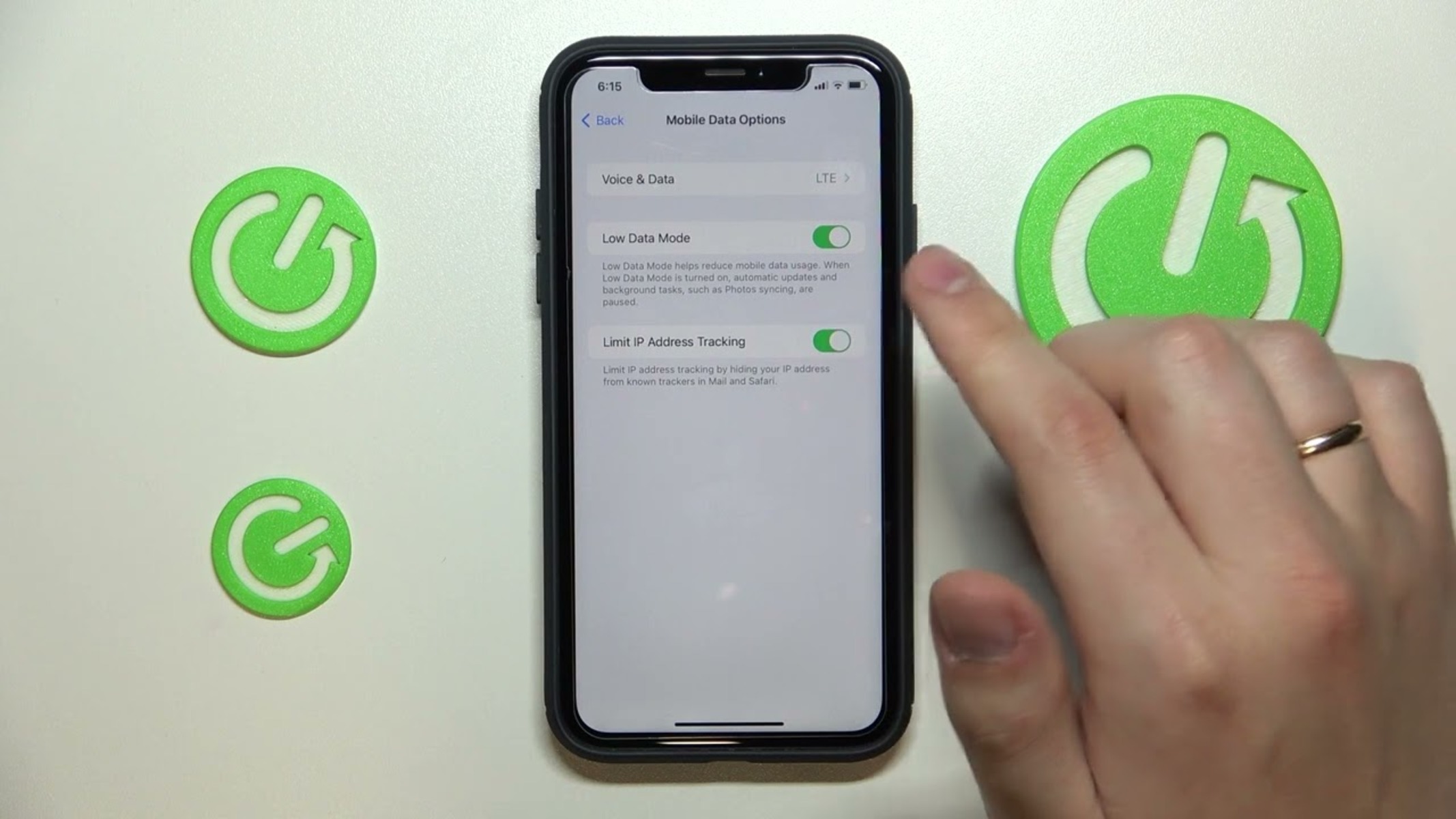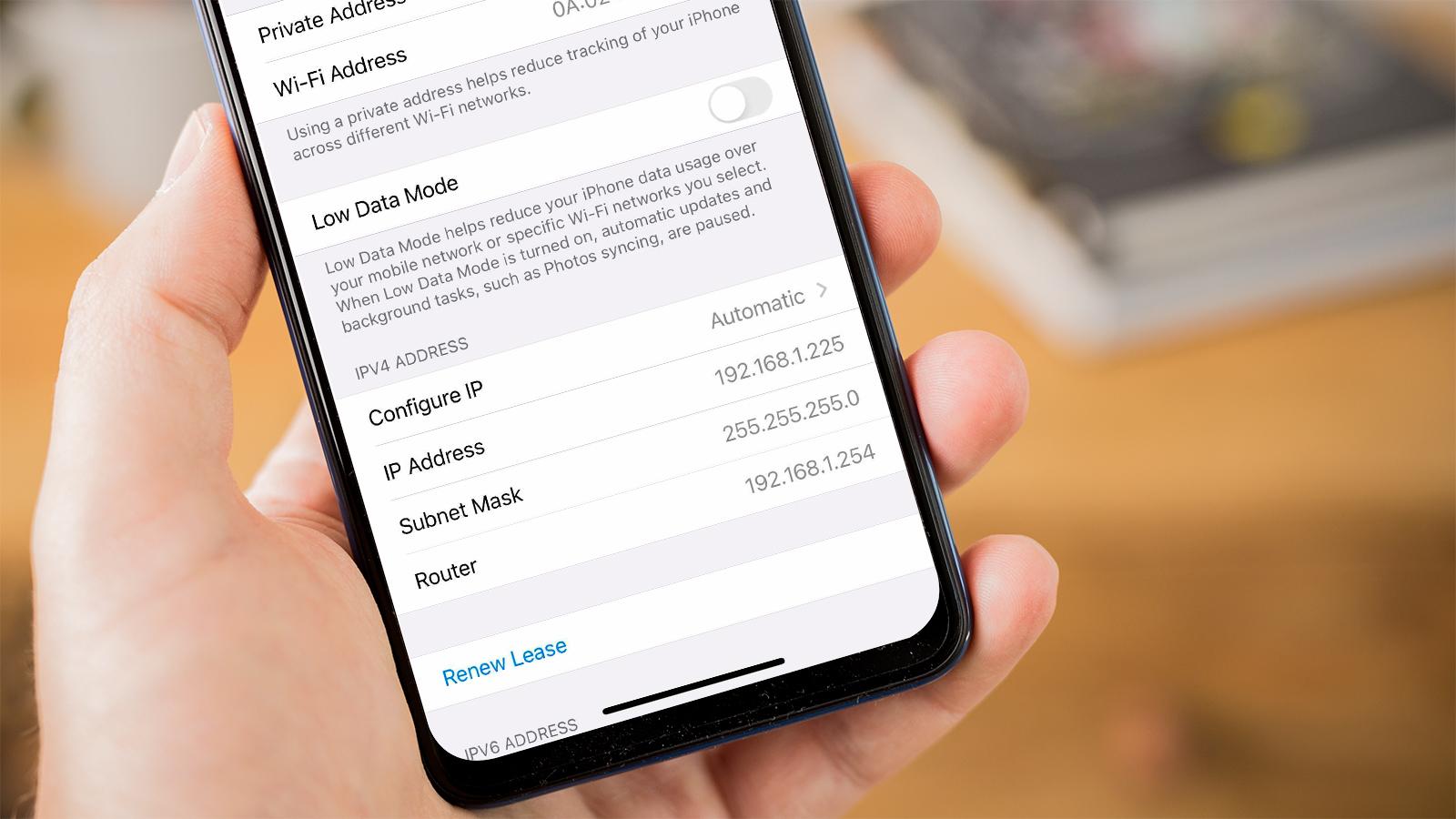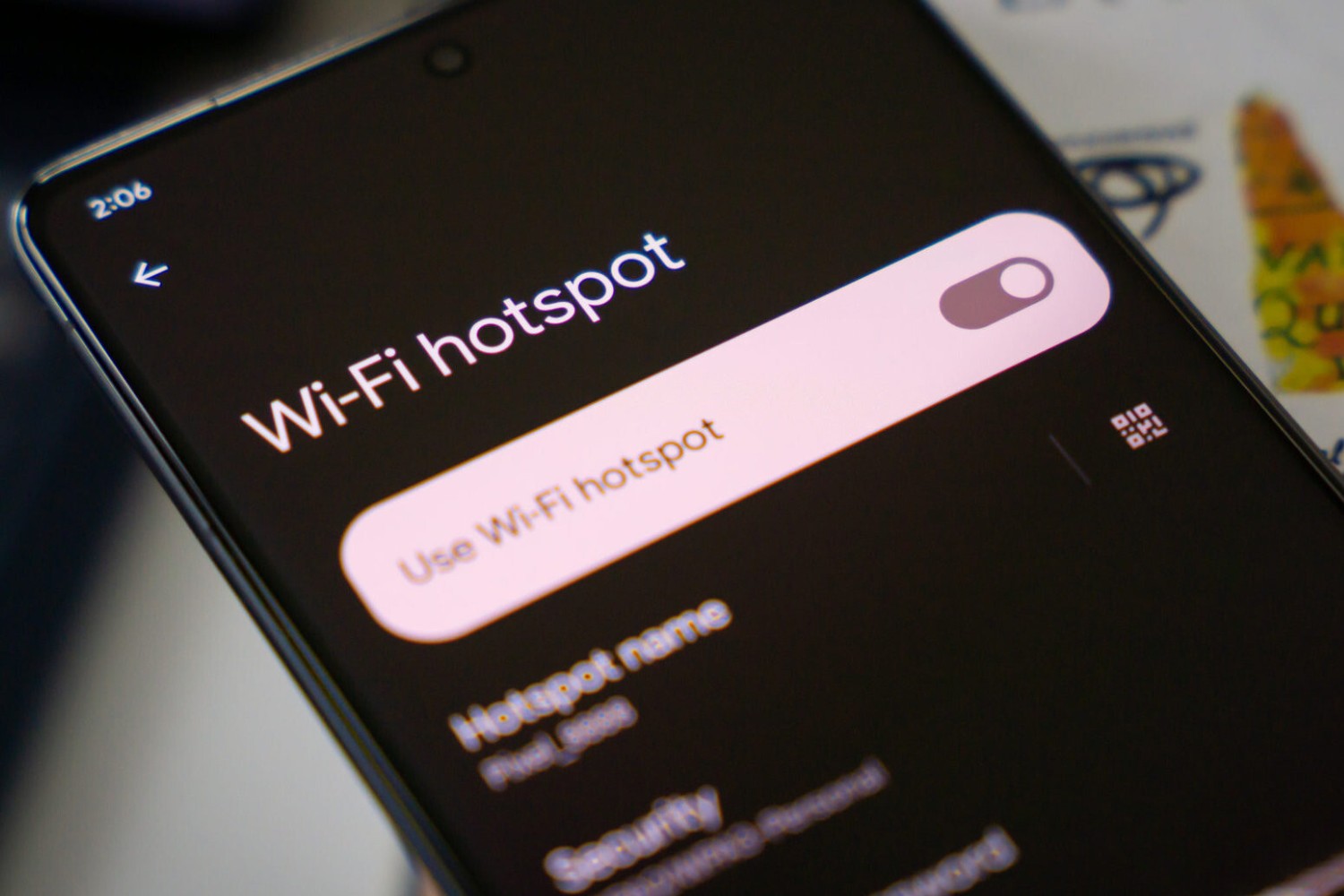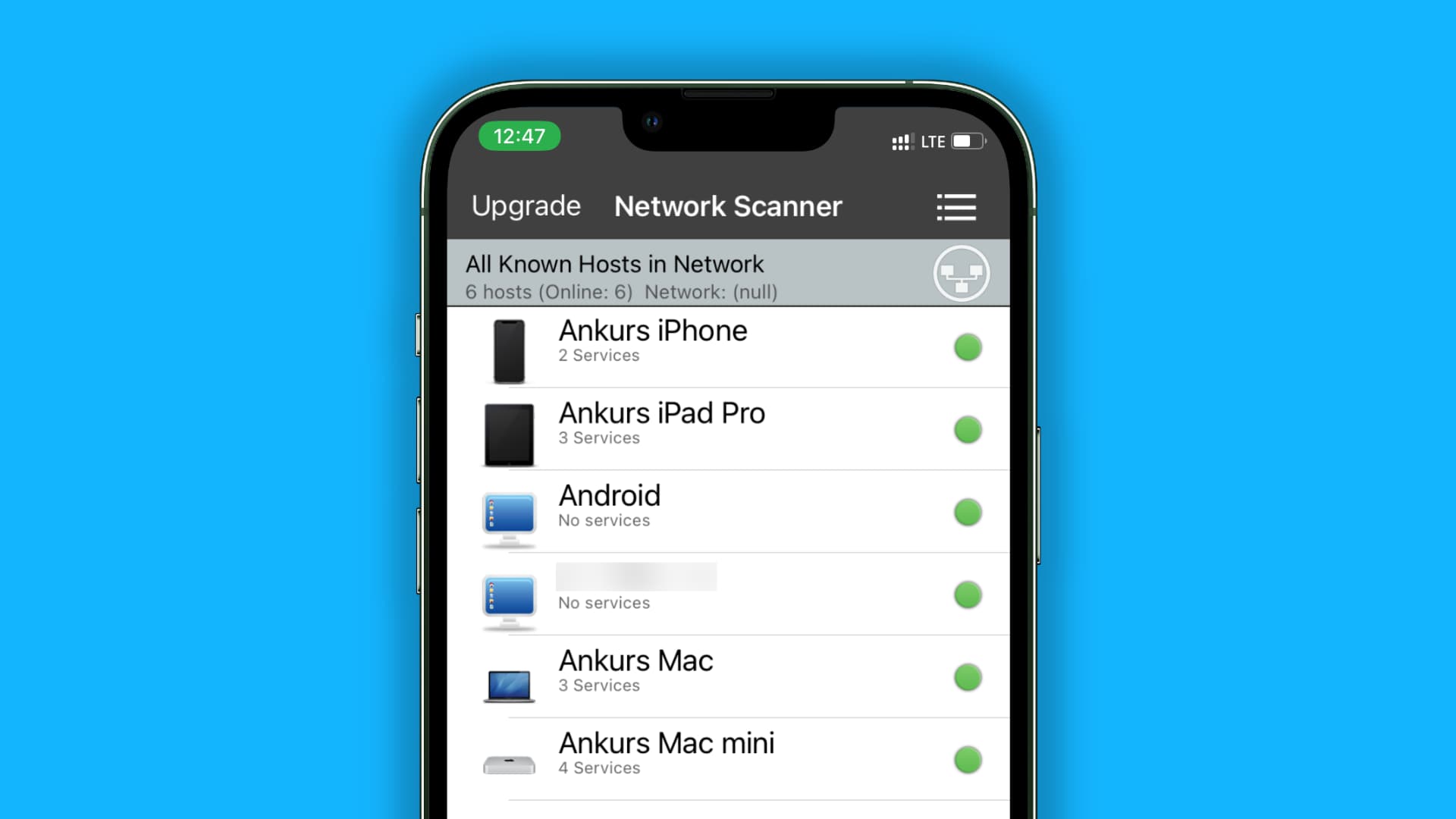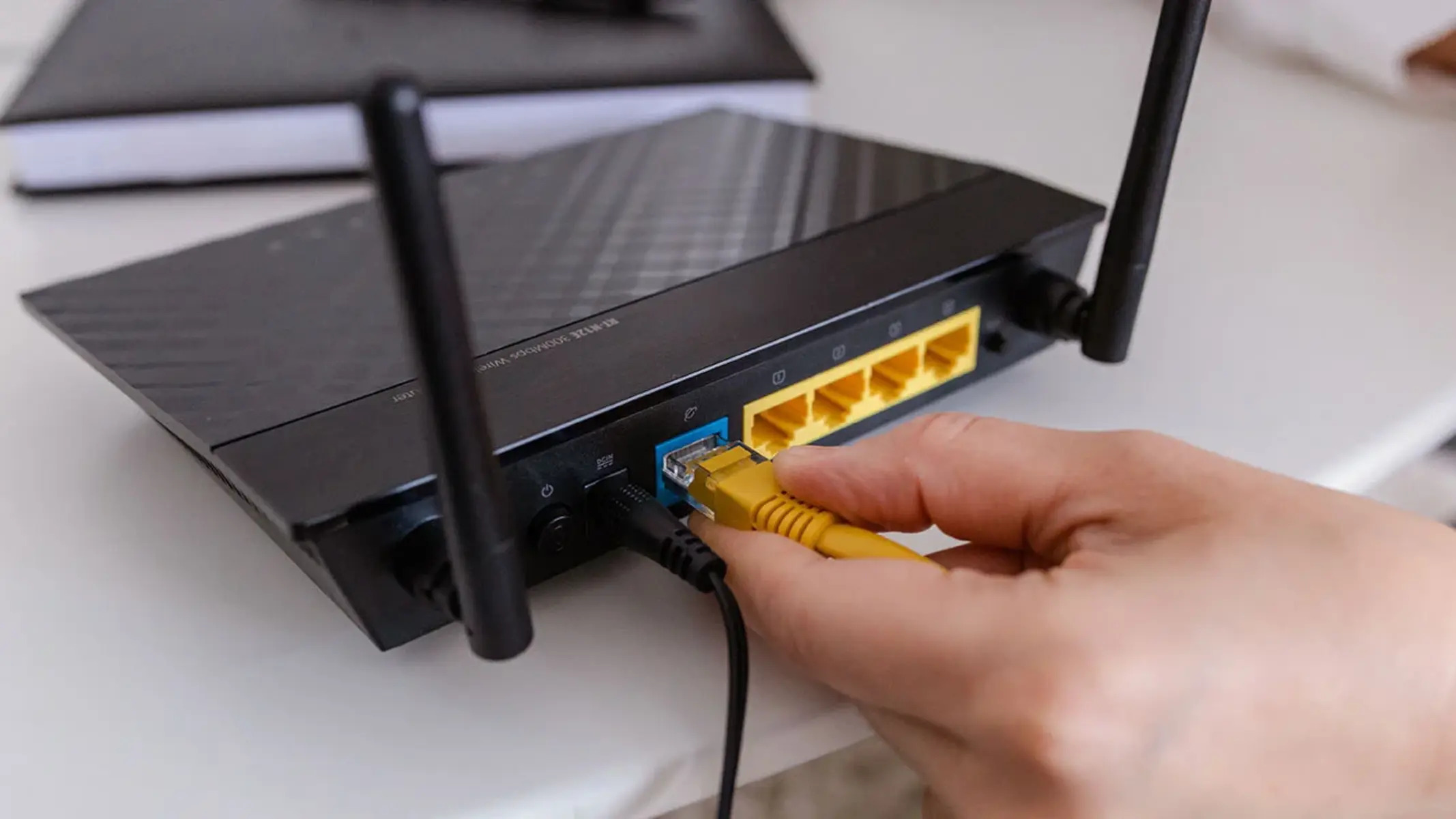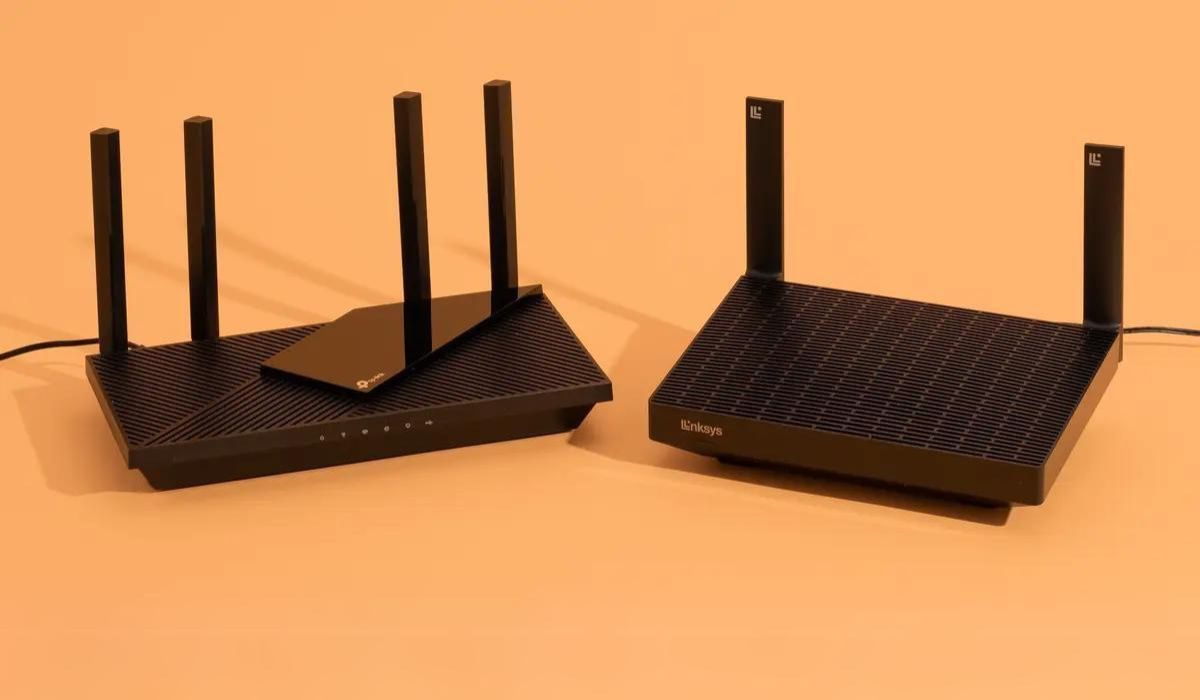Introduction
In the digital landscape, where connectivity is a fundamental aspect of daily life, understanding the intricacies of your network setup is crucial. One such essential element is the IP address, a unique identifier that enables devices to communicate with each other across the internet. Whether you're a tech enthusiast, a remote worker, or a casual internet user, having a firm grasp of your hotspot IP address can significantly enhance your online experience.
The world of technology is constantly evolving, and with the proliferation of smart devices and the Internet of Things (IoT), the demand for seamless connectivity has reached unprecedented levels. In this dynamic environment, knowledge is power, and being equipped with the understanding of your hotspot IP address empowers you to troubleshoot network issues, optimize security settings, and customize your digital environment to suit your specific needs.
Understanding the significance of your hotspot IP address is akin to knowing the layout of your neighborhood. Just as knowing the location of essential services in your area can make your life more convenient, being aware of your hotspot IP address allows you to navigate the digital realm with confidence and ease. It's the digital address that facilitates the flow of information, enabling you to access websites, stream media, and engage in online activities seamlessly.
In this comprehensive guide, we will delve into the intricacies of hotspot IP addresses, shedding light on their importance and equipping you with the knowledge to identify and leverage this vital component of your digital infrastructure. By the end of this guide, you will have a clear understanding of the role your hotspot IP address plays in your online interactions, and you'll be empowered to harness this knowledge to optimize your digital experience.
What is an IP Address?
An IP address, short for Internet Protocol address, serves as a unique identifier for devices connected to a network. Just as a home address enables mail to be delivered to a specific location, an IP address allows data to be directed to the appropriate device on the internet. This numerical label is essential for facilitating communication between devices, enabling them to send and receive data across the web.
IP addresses come in two primary formats: IPv4 and IPv6. The former consists of a 32-bit numerical value, typically displayed in a dotted-decimal notation (e.g., 192.168.1.1), while the latter utilizes a 128-bit hexadecimal format, offering a vastly expanded pool of available addresses to accommodate the growing number of internet-connected devices.
In essence, an IP address serves as a digital fingerprint, uniquely identifying each device within a network. This distinction is crucial for routing data to the correct destination, whether it's a website, a streaming service, or another connected device. It's akin to a phone number, allowing devices to establish connections and exchange information across the internet.
Moreover, IP addresses are not limited to individual devices; networks and subnetworks also possess their own distinct addresses. This hierarchical structure enables efficient data transmission and helps network administrators manage and troubleshoot connectivity issues.
In the context of a hotspot, the IP address plays a pivotal role in facilitating the flow of data between the hotspot device and connected devices. Whether it's a smartphone, laptop, or smart home appliances, each device relies on the hotspot's IP address to communicate with the broader internet.
Understanding the significance of IP addresses is paramount in today's interconnected world. Whether you're troubleshooting network issues, optimizing security settings, or configuring advanced networking features, a firm grasp of IP addresses empowers you to navigate the digital landscape with confidence and precision.
Why Do You Need to Identify Your Hotspot IP Address?
Identifying your hotspot IP address is essential for several reasons, each of which contributes to a seamless and secure online experience. Here's why understanding and recognizing your hotspot IP address is crucial:
-
Network Troubleshooting: When encountering connectivity issues or network-related challenges, being able to identify your hotspot IP address is invaluable. It serves as a starting point for diagnosing and resolving network problems. By pinpointing the IP address, you can gain insights into the network's configuration, identify potential conflicts, and troubleshoot connectivity issues that may be hindering your online activities. Whether it's a slow connection, intermittent disruptions, or difficulty accessing specific websites or services, knowing your hotspot IP address empowers you to take proactive measures to address these issues effectively.
-
Security Configuration: Understanding your hotspot IP address allows you to configure and customize security settings to safeguard your network and connected devices. With this knowledge, you can implement firewall rules, access controls, and other security measures tailored to your specific IP address. This level of customization enhances your network's resilience against potential cyber threats, ensuring that your online interactions remain secure and protected.
-
Network Optimization: Identifying your hotspot IP address enables you to optimize network performance and tailor settings to meet your specific requirements. Whether you're prioritizing certain types of traffic, configuring Quality of Service (QoS) parameters, or fine-tuning network parameters for enhanced performance, having a clear understanding of your hotspot IP address empowers you to optimize your network to deliver a seamless and responsive online experience.
-
Device Management: Your hotspot IP address plays a pivotal role in managing the devices connected to your network. By identifying the IP address, you can gain insights into the devices accessing your hotspot, monitor their activities, and allocate resources effectively. This visibility allows you to manage and troubleshoot individual devices, ensuring that your network operates smoothly and efficiently.
-
Customization and Personalization: With knowledge of your hotspot IP address, you can embark on advanced customization and personalization endeavors. Whether it's setting up a private server, configuring advanced networking features, or integrating IoT devices into your network, understanding your hotspot IP address provides a foundation for implementing tailored solutions that align with your specific needs and preferences.
In essence, identifying your hotspot IP address empowers you to take control of your network environment, allowing you to troubleshoot issues, bolster security, optimize performance, and customize settings to suit your unique requirements. This knowledge forms the bedrock of a robust and tailored network infrastructure, enhancing your online experience and ensuring that your digital interactions unfold seamlessly and securely.
How to Identify Your Hotspot IP Address
Identifying your hotspot IP address is a straightforward process that can be accomplished through a few simple steps. Whether you're using a mobile hotspot device or leveraging your smartphone's tethering capabilities, the following methods will enable you to pinpoint your hotspot's IP address with ease.
Method 1: Accessing Hotspot Settings
-
Connect to Your Hotspot: Ensure that your device is connected to your hotspot network. This can be done by accessing the Wi-Fi settings on your device and selecting your hotspot from the available network list.
-
Access Hotspot Settings: Once connected, navigate to the settings or management interface of your hotspot device. This can typically be achieved by entering the device's IP address into a web browser. Common hotspot IP addresses include 192.168.1.1 or 192.168.0.1, but it's advisable to consult the device's manual or documentation for the specific IP address.
-
Locate the Hotspot IP Address: Within the hotspot settings or management interface, you'll find the hotspot's IP address displayed prominently. It may be listed under the network settings or connection information section. Take note of this IP address, as it serves as the unique identifier for your hotspot within the network.
Method 2: Using Command Prompt or Terminal
-
Connect to Your Hotspot: Ensure that your device is connected to your hotspot network.
-
Access Command Prompt or Terminal: On a Windows PC, open the Command Prompt by searching for "cmd" in the Start menu. For Mac or Linux users, launch the Terminal application.
-
Execute Command: In the Command Prompt or Terminal, type "ipconfig" for Windows or "ifconfig" for Mac and Linux, then press Enter. This command will display network configuration information, including the IP address of your device and the default gateway, which is typically the hotspot's IP address.
-
Identify the Hotspot IP Address: Look for the "Default Gateway" entry in the command output. The numerical value listed next to it represents the IP address of your hotspot.
By following these methods, you can swiftly identify your hotspot IP address, gaining valuable insights into your network configuration and enabling you to take proactive steps to troubleshoot issues, optimize settings, and customize your digital environment to suit your specific needs.
Remember, having a firm grasp of your hotspot IP address empowers you to navigate the digital landscape with confidence and precision, ensuring that your online interactions unfold seamlessly and securely.
Conclusion
In conclusion, the hotspot IP address serves as a cornerstone of connectivity, enabling seamless communication between devices and the broader internet. By understanding and identifying your hotspot IP address, you gain the ability to troubleshoot network issues, customize security settings, optimize performance, and tailor your digital environment to align with your specific requirements.
The significance of the hotspot IP address extends beyond mere technicalities; it empowers you to take control of your digital interactions, ensuring that your online experience unfolds seamlessly and securely. Whether you're a tech enthusiast, a remote worker, or a casual internet user, the knowledge of your hotspot IP address equips you with the tools to navigate the digital landscape with confidence and precision.
Furthermore, the ability to identify your hotspot IP address opens the door to advanced customization and personalization endeavors. Whether it's configuring advanced networking features, integrating IoT devices, or setting up a private server, this foundational knowledge forms the bedrock of tailored solutions that cater to your unique needs and preferences.
In today's interconnected world, where connectivity is a fundamental aspect of daily life, the hotspot IP address stands as a digital beacon, guiding the flow of data and enabling seamless interactions across the internet. By recognizing the importance of this numerical identifier and harnessing its potential, you pave the way for a robust and tailored network infrastructure that enhances your online experience.
In essence, the hotspot IP address is not merely a technical detail; it's a gateway to a world of possibilities, allowing you to optimize, customize, and secure your digital environment with precision and confidence. As you embark on your digital journey, armed with the knowledge of your hotspot IP address, you possess the key to unlocking a seamless, secure, and tailored online experience tailored to your unique needs and preferences.







